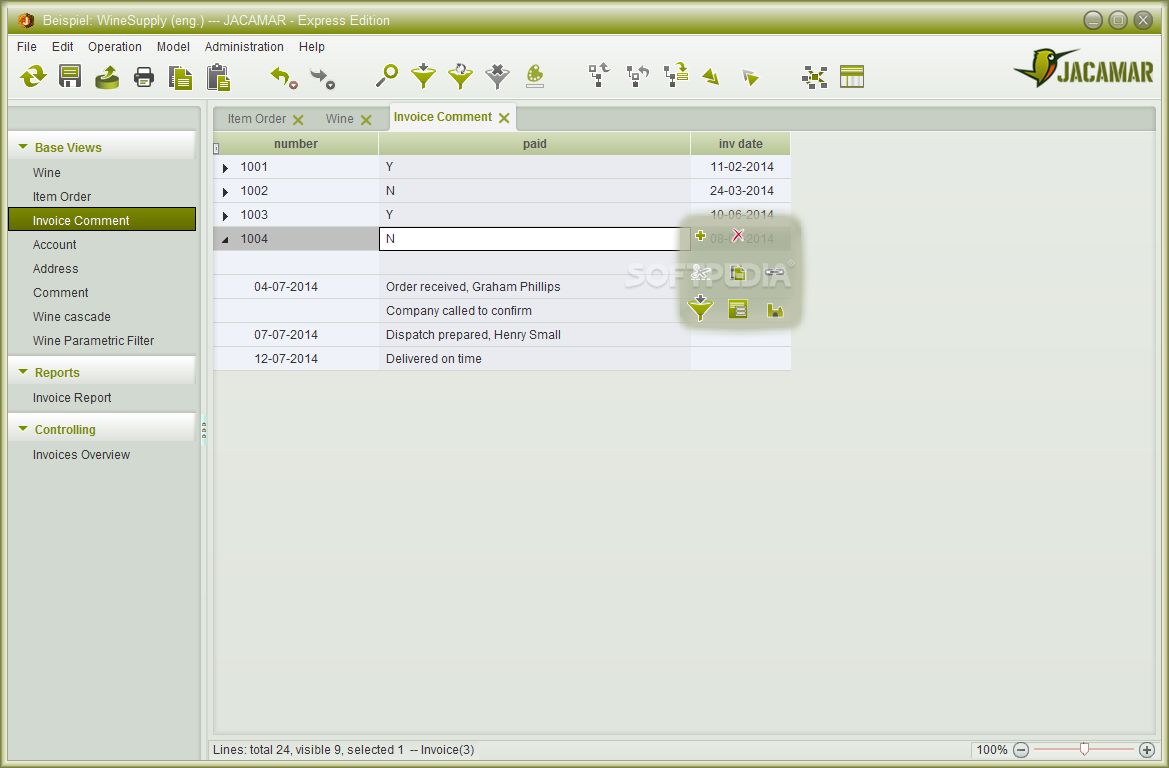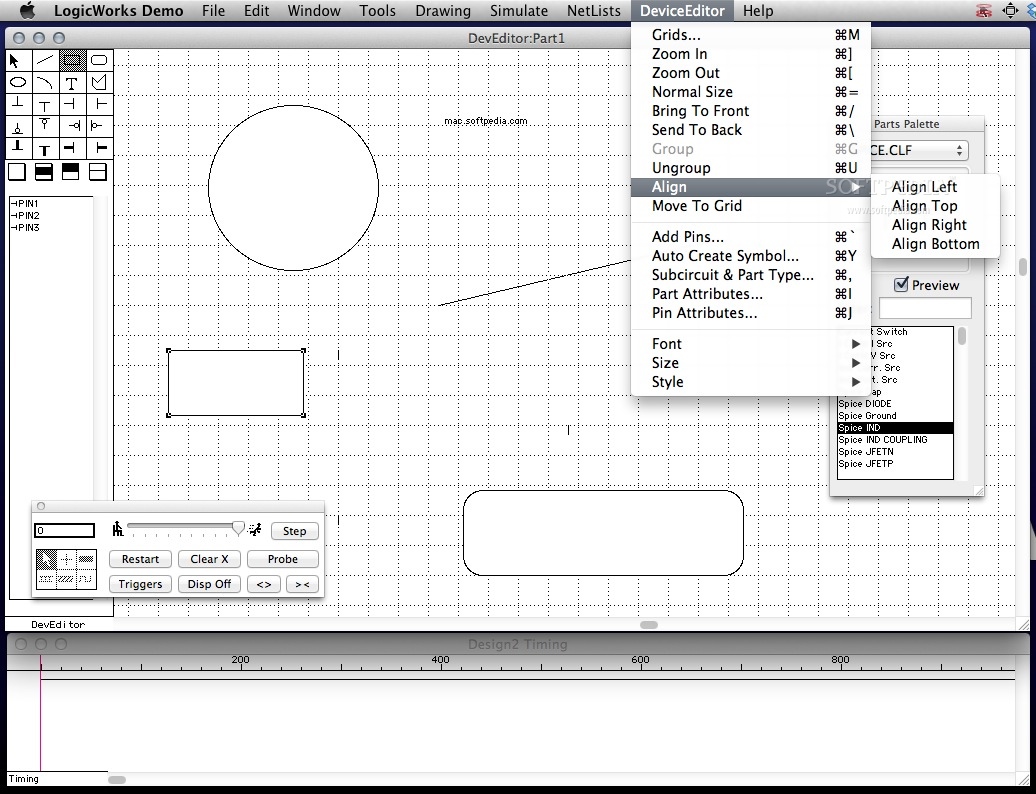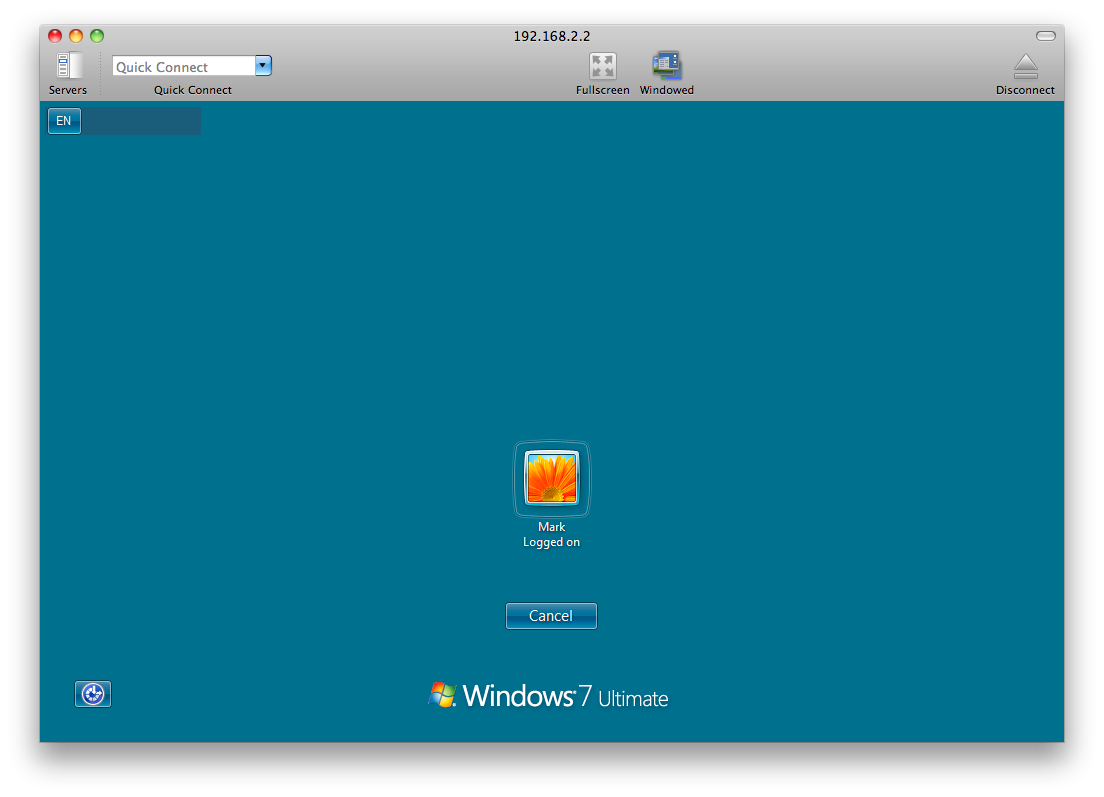

Mapping integration data to fields for the next connection"Ĩ.2. Mapping integration data to fields for the next connection"Ĭollapse section "8. Mapping integration data to fields for the next connectionĮxpand section "8. About the JSON schema for specifying request parametersĨ. Guidelines for an HTTP client that invokes a Fuse Online Webhookħ.5. How Fuse Online handles HTTP requestsħ.4. Creating an integration that an HTTP request can triggerħ.3. General procedure for using the Fuse Online webhookħ.2. Creating an integration that is triggered by an HTTP request (Webhook)"ħ.1. Creating an integration that is triggered by an HTTP request (Webhook)"Ĭollapse section "7. Creating an integration that is triggered by an HTTP request (Webhook)Įxpand section "7. Testing the example API provider quickstart integrationħ. Importing and publishing the example API provider quickstart integrationĦ.6. Defining the operation flows for an API provider integrationĦ.5. How OpenAPI operations relate to API provider integration flowsĦ.3. Benefit, overview, and workflow for creating API provider integrationsĦ.2. Creating an integration that is triggered by a REST API call"Ħ.1. Creating an integration that is triggered by a REST API call"Ĭollapse section "6. Creating an integration that is triggered by a REST API callĮxpand section "6. Using the advanced expression builder to specify conditionsĦ. Using the basic expression builder to specify conditionsĥ.7.5. General procedure for configuring a Conditional Flows stepĥ.7.4. Example of a Conditional Flows stepĥ.7.3. Behavior of a Conditional Flows stepĥ.7.2. Evaluating integration data to determine the execution flow"ĥ.7.1. Evaluating integration data to determine the execution flow"Ĭollapse section "5.7.


Evaluating integration data to determine the execution flowĮxpand section "5.7. About adding steps between connectionsĥ.7. Example of processing a collection in a flowĥ.6. Using the data mapper to process collectionsĥ.5.6.

About data types and collections in the data mapperĥ.5.3. Integration behavior when the data is in a collection"ĥ.5.1. Integration behavior when the data is in a collection"Ĭollapse section "5.5. Integration behavior when the data is in a collectionĮxpand section "5.5. Adding a timer connection to trigger integration executionĥ.5. General procedure for creating a simple integrationĥ.4. Alternatives for triggering integration executionĥ.3. Preparation for creating an integrationĥ.2. Creating integrations"Ĭollapse section "5. About creating a connection from a custom connectorĮxpand section "5.
#Logicworks 5.6 download how to#
How to view and edit connection informationĤ.6. About adding connections to integrationsĤ.5. General procedure for obtaining authorizationĤ.4. About creating connections from Fuse Online to applicationsĤ.2. About connections to applications that you want to integrate"Ĥ.1. About connections to applications that you want to integrate"Ĭollapse section "4. About connections to applications that you want to integrateĮxpand section "4. What to expect when using Fuse Online for the first timeĤ. Example workflow for creating a Salesforce to database simple integrationģ. General workflow for creating a simple integrationĢ.3. Considerations for planning your integrationsĢ.2. How to get ready to create integrations"Ģ.1. How to get ready to create integrations"Ĭollapse section "2. How to get ready to create integrationsĮxpand section "2. High level overview of Fuse Online"Ĭollapse section "1. Integrating Applications with Fuse OnlineĮxpand section "1.


 0 kommentar(er)
0 kommentar(er)
